
Interview: JAXA Astronaut HOSHIDE Akihiko

Third Spaceflight after Nine Years
ISS Commander "Going down in a Scrum" with the Crew to Complete Missions
JAXA Astronaut HOSHIDE Akihiko, along with three other astronauts, boarded the Crew Dragon spacecraft (Crew-2) launched on April 23, 2021 (JST), and arrived at the International Space Station (ISS) on April 24. During the current expedition, he serves as ISS Commander, representing the second Japanese to assume the position after Astronaut WAKATA Koichi. As such, HOSHIDE is engaged in various missions to complete in the ISS. This article presents reports from an interview with him held prior to the departure from Earth. Please read views and thoughts he shared with us about his third spaceflight after nine years as well as his last two trips.
Growing private space business development
―During the planned six-month duration stay, a wide range of missions are scheduled to take place in the Japanese Experiment Module "Kibo."
Yes, I will be tasked with various missions, such as technology demonstrations and experiments, related to life science and other fields. I hope to produce certain outcomes for some of them, when this article comes out. While working on experiments and other tasks assigned to me as a crew member, I, as ISS Commander, will also be responsible for ensuring the safety of the entire crew. I am aware of grave challenges to fulfill the both roles.
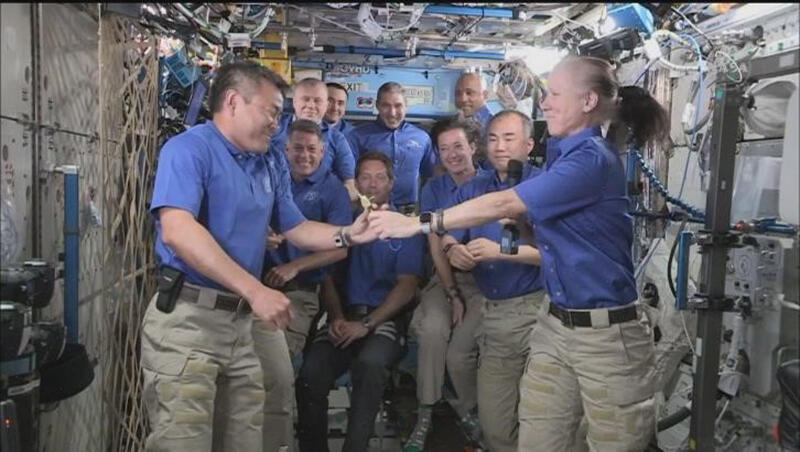
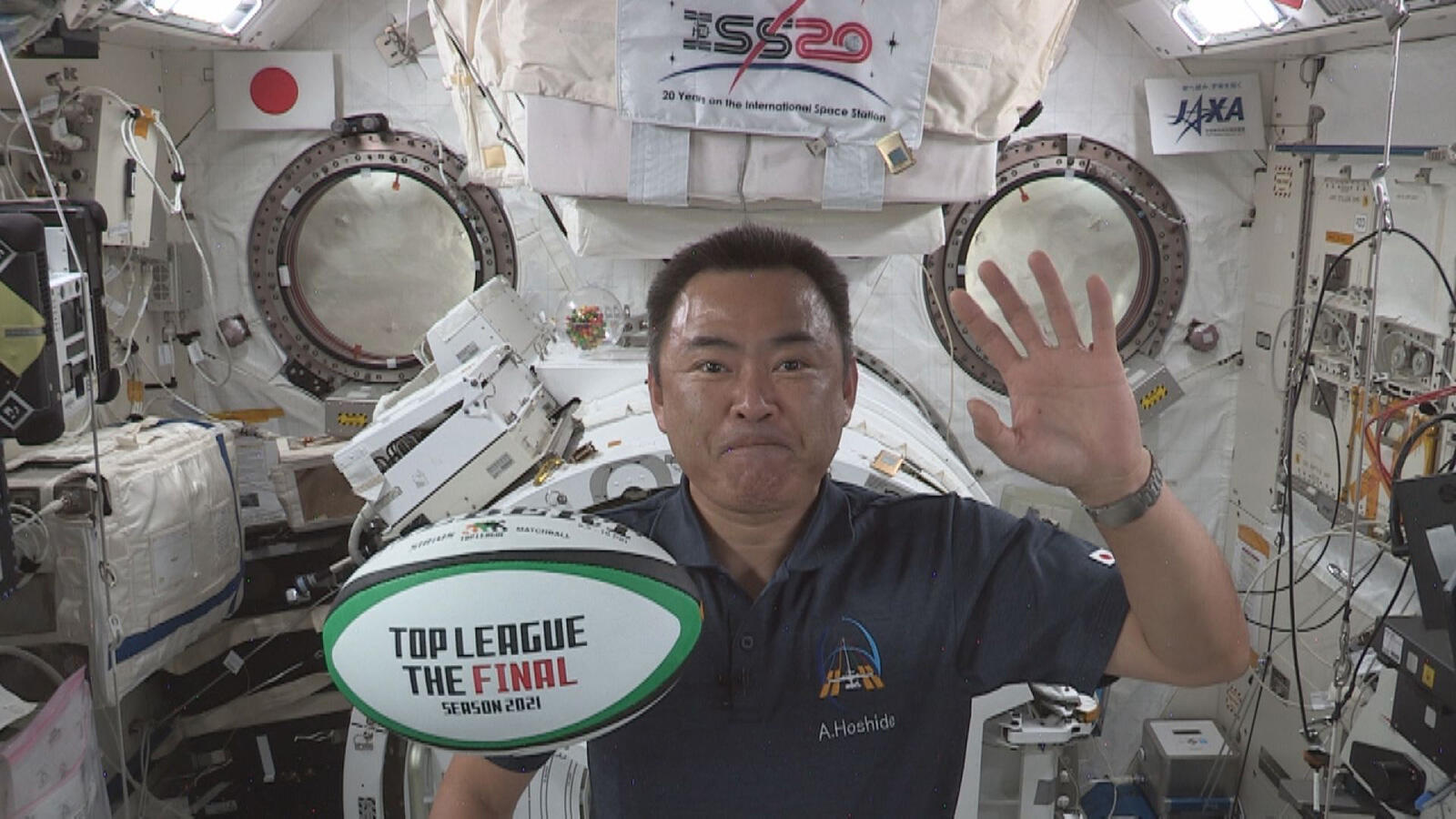
My last spaceflight took place from July to November 2012. I stayed in the ISS for 124 days as a 32nd and 33rd expedition long-duration crew member in the capacity of flight engineer. During the stay, I carried out my first-ever extravehicular activity (EVA) operation. Immediately before going outboard, I was spoken to by Sunita Williams, who was assigned to the same operation and said, "In today's session, you should give the highest priority to coming back safely. Completing tasks is important, indeed, but returning safe and sound is more important." I deeply appreciated her consideration for me facing the challenge of performing a spacewalk for the first time in my life, and I will never forget her words, which solidified my awareness of dangerous conditions involved in EVAs. To serve as Commander during the planned expeditions, I will give the highest priority to the safety of the crew, and then I hope I can commit myself adequately to my individual missions.
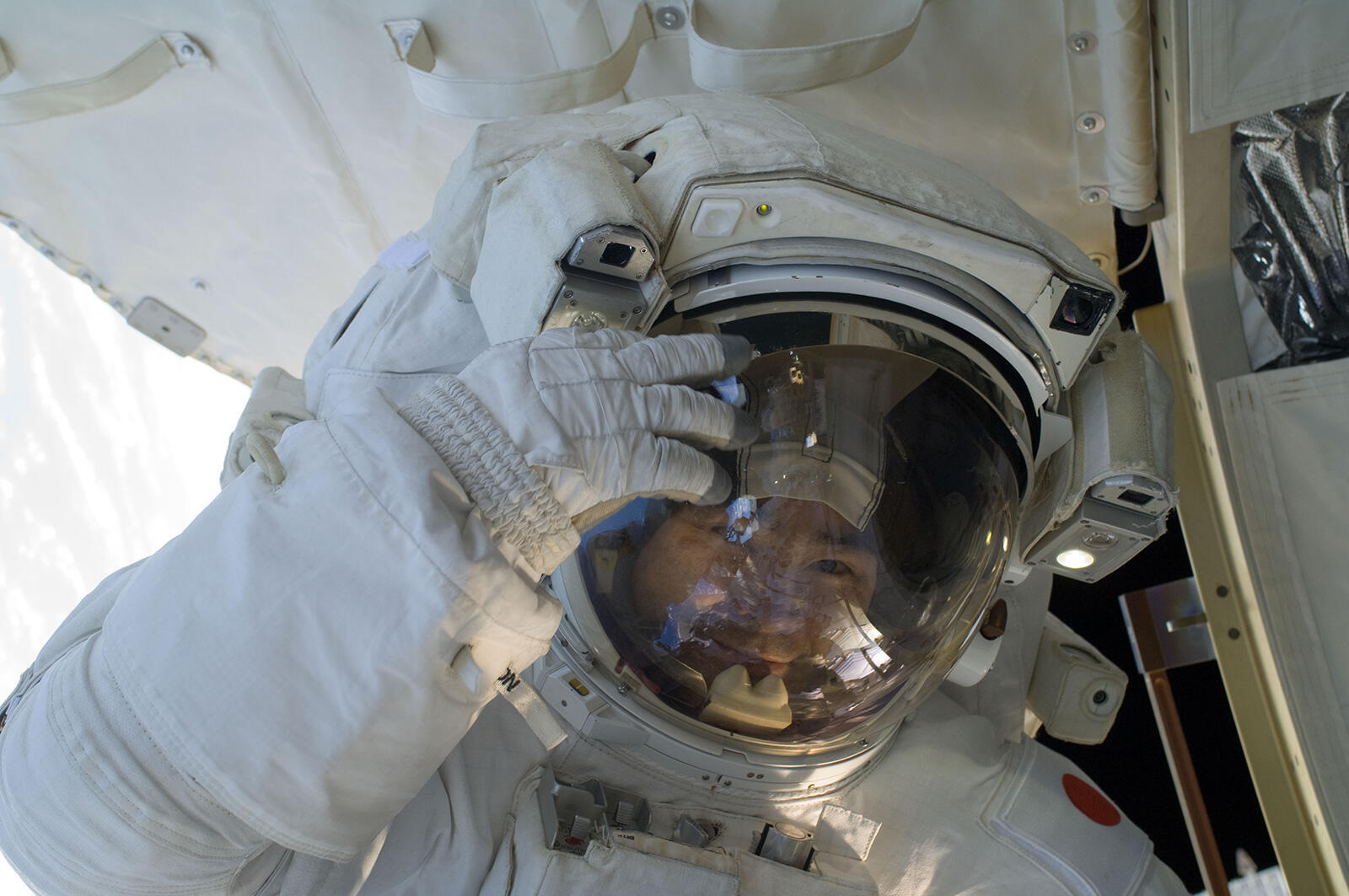
―You will have made a total of three space trips including the upcoming one, and you board different vehicles for each. The first journey was delivered by a U.S. Space Shuttle spacecraft in June 2008, and the second by a Russian Soyuz spaceship, which carried you along with Astronaut Williams and other crew members. The third flight will be made onboard U.S. space venture SpaceX's Crew Dragon spacecraft. Will you talk about special features and characteristics of each vehicle?
Space Shuttle and Soyuz spacecraft systems have been subject to massive comparative surveys, but here I will give a brief summary of my views. Space Shuttle was a multifunctional system, which could be referred to as "an almighty superman." The system supported a wide range of tasks from transporting astronauts to the ISS, assembly of space station modules and EVA operations to carrying out independent flights for space experiments and release and collection of artificial satellites. Major completed missions included a flight to repair the Hubble Space Telescope orbiting about 600 km above the Earth's surface. As such, Space Shuttle represents an all-powerful super spaceship, but this inevitably required an extremely complicated configuration.
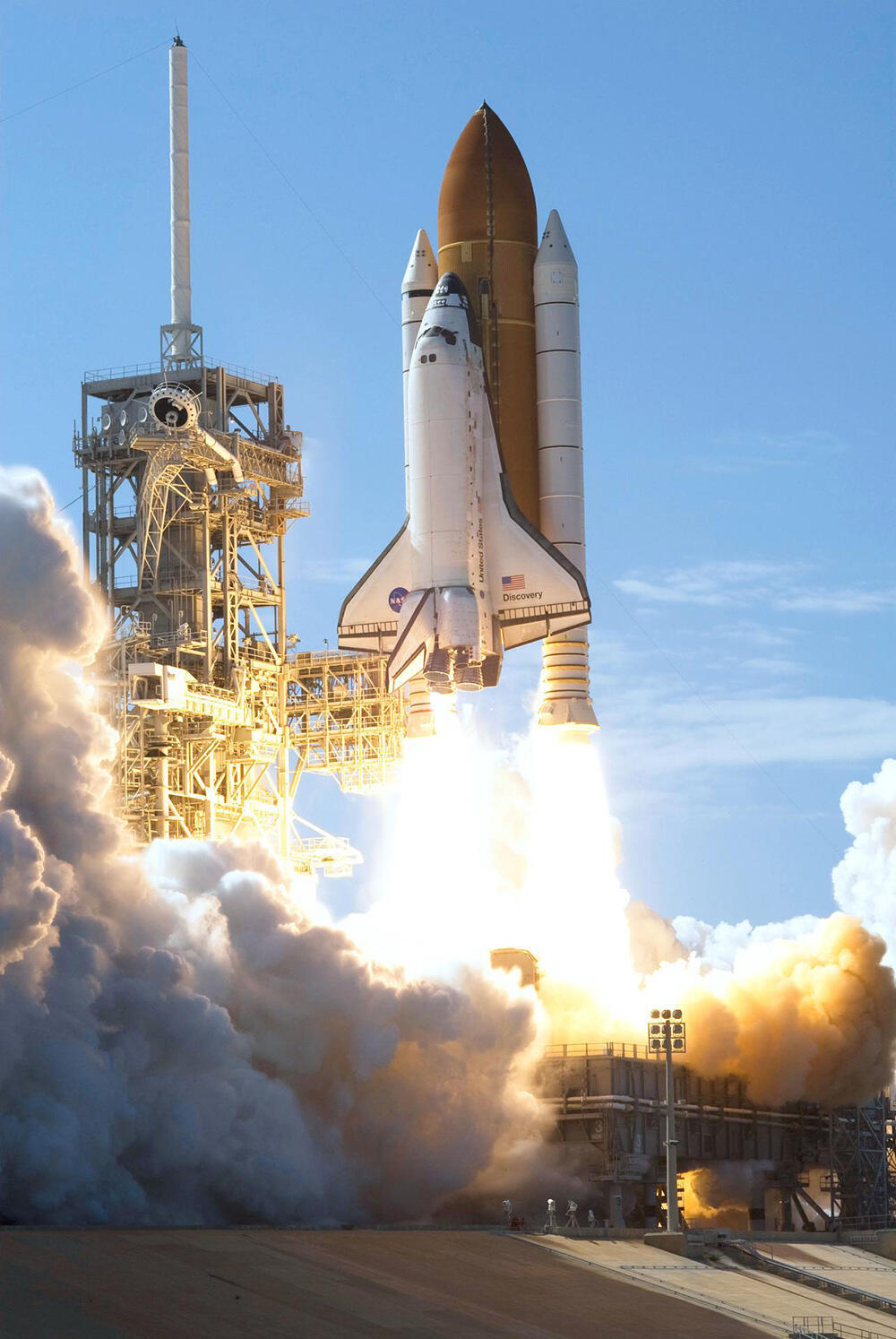
Compared to Space Shuttle, the Soyuz spacecraft is small and simple, not being equipped with robot arms and functions for space experiments. Its strength lies in the system designed to focus on transporting passengers between Earth and the ISS safe and sound, and for this purpose, Soyuz has an outstanding track record. Using an analogy of road vehicles, Space Shuttle can be likened to an SUV while Soyuz to a light automobile.
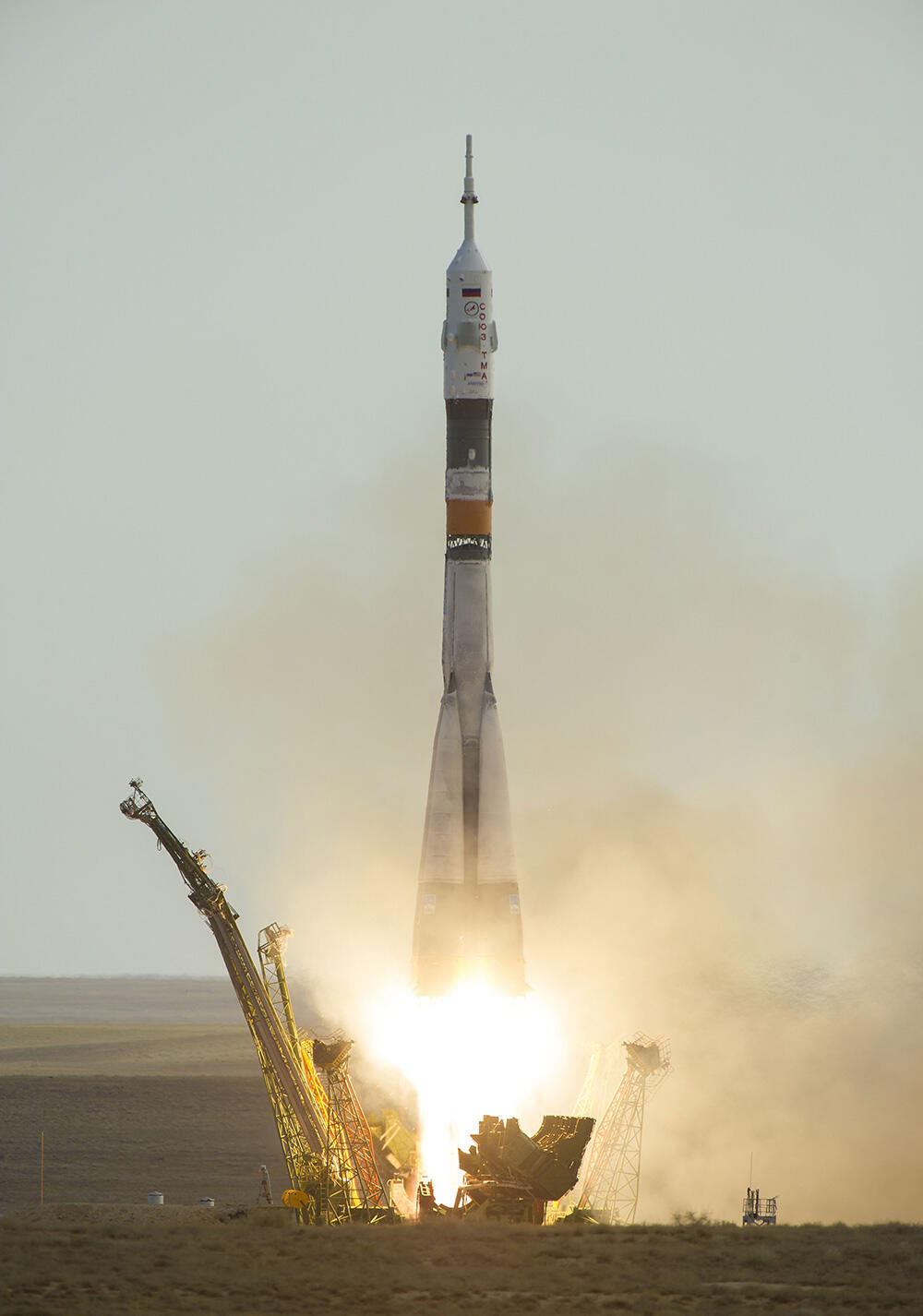
―How are they different with respect to ride comfort?
The Soyuz launch vehicle adopts a 100% liquid rocket engine system, offering a smooth, comfortable lift. In contrast, the Space Shuttle is mounted with a liquid propellant main engine and solid fuel boosters (gunpowder-based auxiliary engine), which causes a strong rolling impact to the in-cabin space, suggestive of a ride on a truck rattling on a bumpy gravel road. After the boosters are separated, the flight suddenly becomes quiet, feeling like the driving road has changed from the gravel to paved way. This is a major difference in ride comfort offered by the two systems to the departure from Earth. When returning to Earth, Space Shuttle provides a gliding smooth touchdown on the runway, while Soyuz gives a tremendous impact shock caused by the descent module (capsule) landing using parachutes deployed after re-entry. As I remember, Astronaut FURUKAWA Satoshi described the strong impact appropriately, saying, "it feels like you are driving a car in reverse at 30 km per hour and hit a concrete wall."
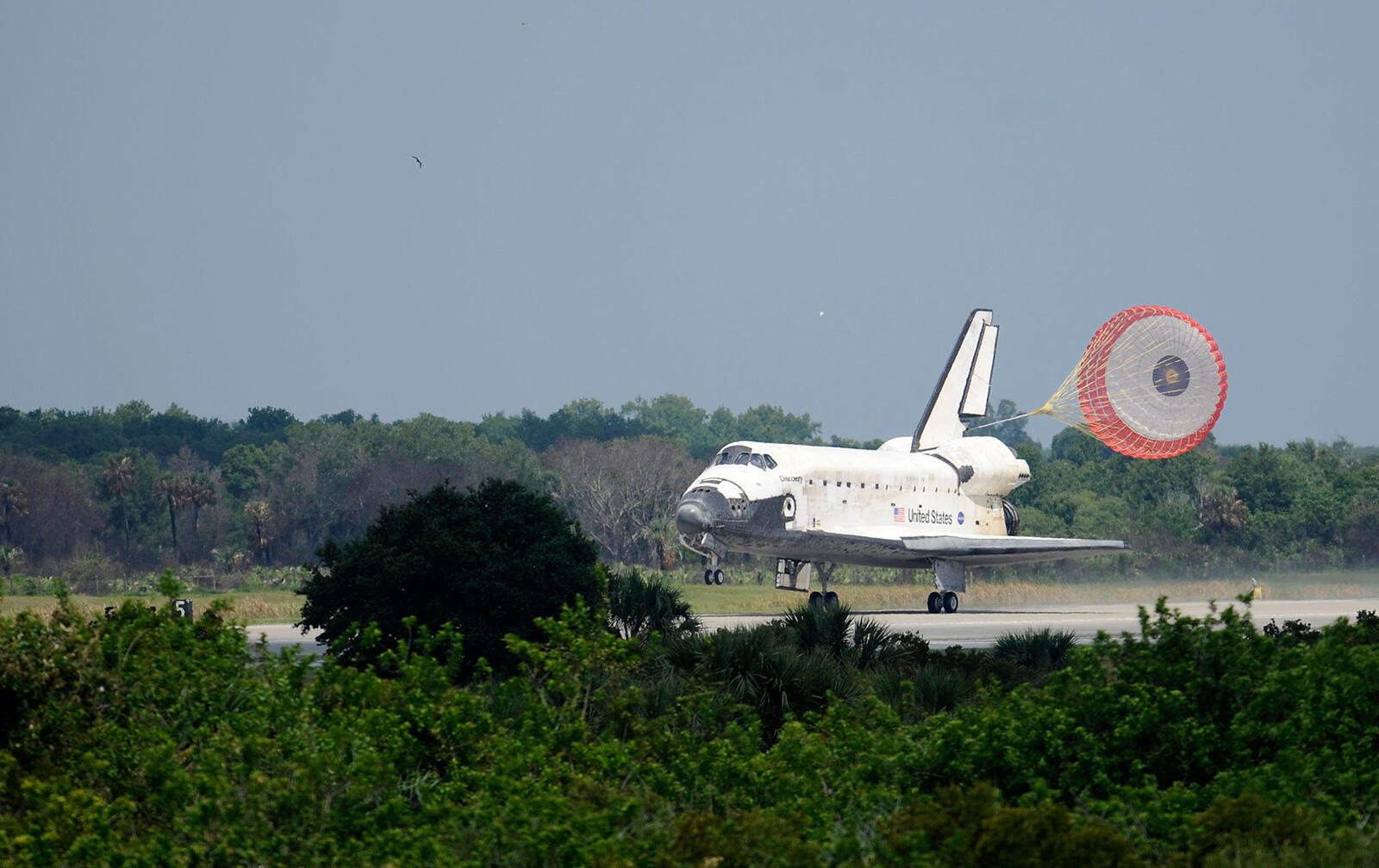

―Now, will you tell us about Crew Dragon?
What stunned me most when I first got aboard the spaceship was the cabin was almost free of control buttons. Compared to the Space Shuttle cabin that I was familiar with, which looked like an aircraft cockpit where the pilot is surrounded by control buttons in all directions, Crew Dragon's button-free cabin made me feel fairly uncomfortable at first. Then, I gradually adapted myself to the new system of touch panel operations for nearly all control tasks. Astronaut NOGUCHI Soichi described the situation properly, by comparing it to the smartphone system.
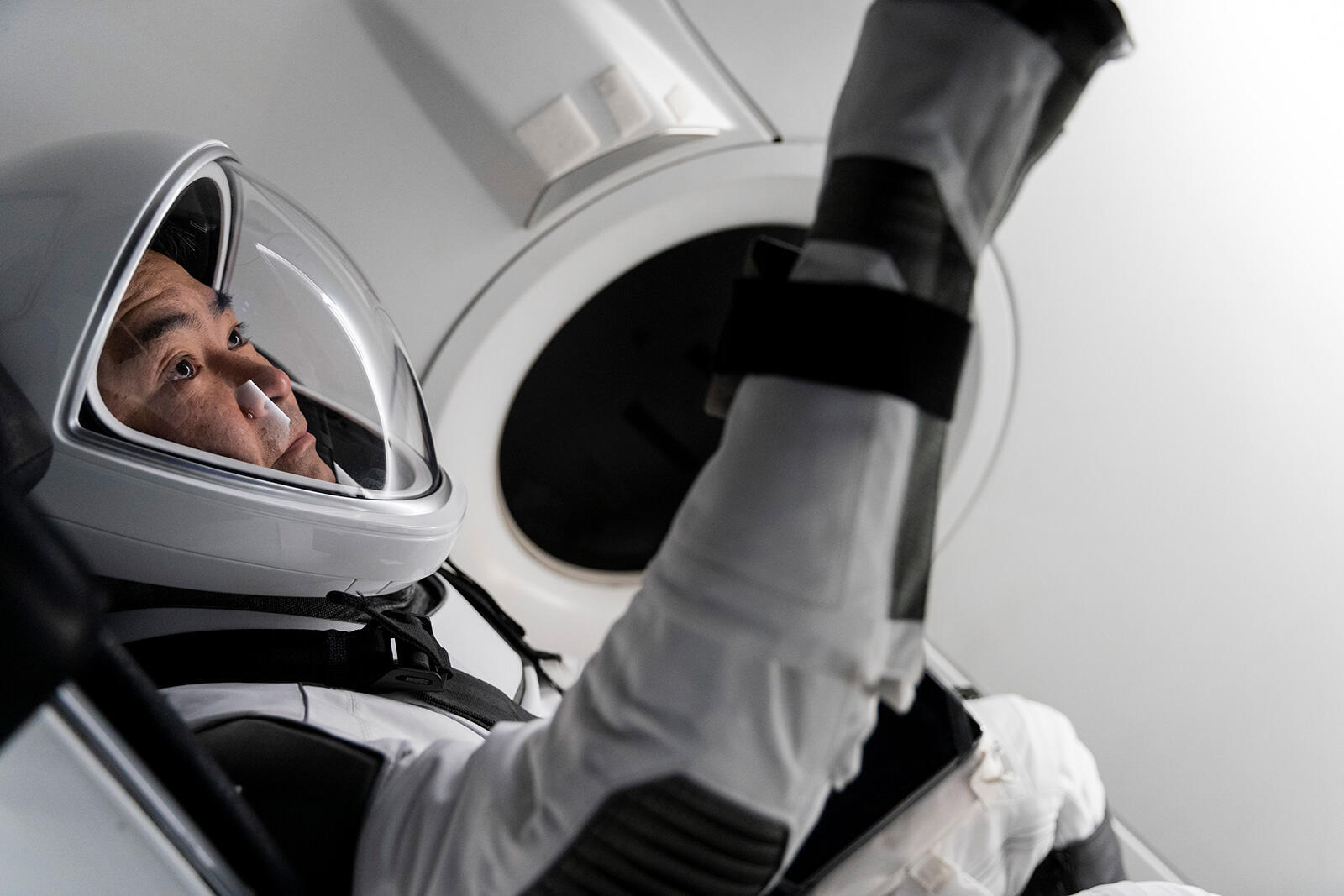
―The appearance of Crew Dragon, reminiscent of space science fiction movies, has excited many non-specialist, general people. The event seemed to be heralding a new era of space travel. It was truly thrilling.
As opposed to the state-sponsored Space Shuttle and Soyuz programs, the Crew Dragon spacecraft was developed by SpaceX, a U.S.-based private company. This project is leading the trend of the growing private space business sector, which has ushered in a new era of space development. My upcoming space trip will be carried out by the second operational crewed flight of the Crew Dragon spacecraft. Going forward, I hope the project will build a strong operation track record and expand the market to target a broader range of customers in addition to space professionals.

Approaching the nature of the universe with the five senses
―Do you think your activities as astronaut have ever influenced the formation of your values?
I believe that humans will accelerate their advancement into space in the future. I'd like to note the important view that pursuit of such advancement will be only possible by taking advantage of benefits from Earth, which I developed during the last stay in space. Occasionally, views of the cosmic space from ISS windows became very frightening, making me feel like I was getting absorbed into the vacuum deep, bottomless darkness. Then, turning my eyes back on closer areas, I found that Earth was there, which brought a genuine sense of gratitude for Earth, our resourceful planet supporting various human activities, including space missions requiring indispensable assistance from ground functions to complete.
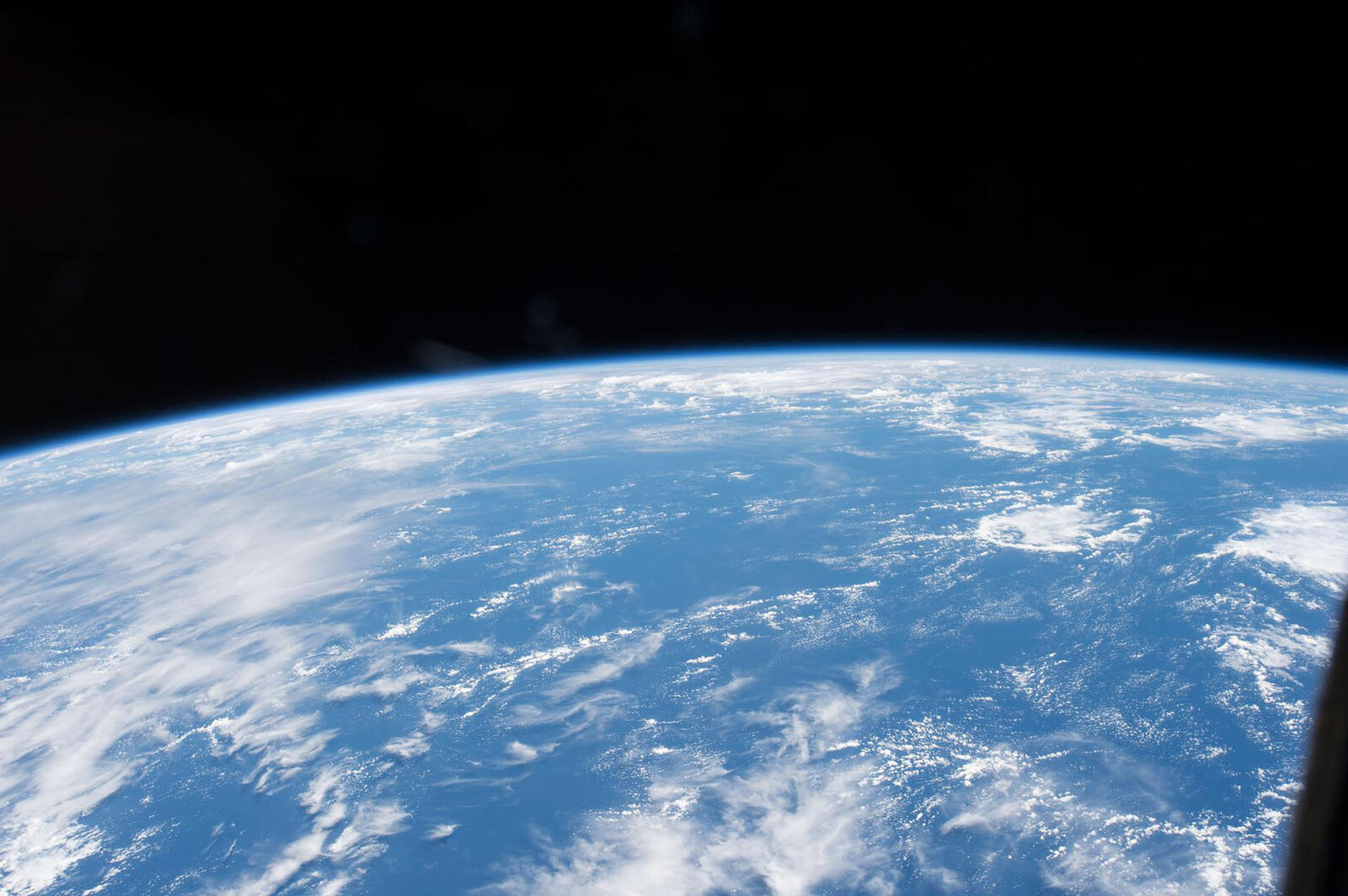
―Will you tell us about your policy or principle for communication with the ground station team?
I place great importance on "having fun." I apply this policy to different situations as necessary, including when a toilet broke down during the last ISS stay. Crew members including me were working together to do the repair while sharing jokes with ground crew members. This helped us overcome a number of challenges often related to repair of a broken toilet, such as being time-consuming, involving complicated processes, and carrying risks of hazardous substance leak. Sharing jokes in the team generated a favorable "pace-making" effect, creating a productive ground-to-space interaction to facilitate work progress. As exemplified above, I believe that having a fun time while working is very helpful to establish desirable communication practices.
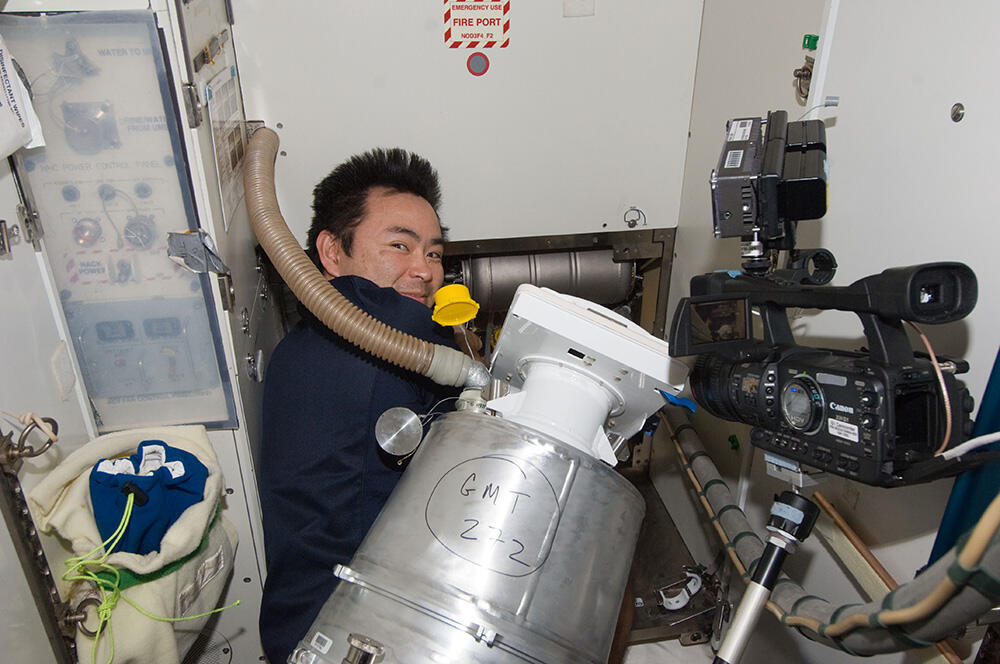
―In the autumn of this year, JAXA will start to receive applications for the new Japanese astronaut candidate program. Prior to this, the agency is reviewing the eligibility requirements in order to expand the candidate base by removing previous restrictions to accept only university graduates majoring in natural science. This aims to diversify astronautical capabilities, particularly with respect to sensitivity, skills and viewpoints, with a view to enhancing the humanity's future development. Will you share your views about this?
I agree with you. The present astronauts, especially those in my generation, come from a limited range of professions, which are largely pilots, engineers, and physicians as well as a few educators. In order to broaden the possibility of space development initiatives, it is vitally important to allow a diverse range of professionals to go to space and have broader experience. At the same time, we should notice the importance of maintaining basic key qualities required for being an astronaut, such as teamwork skills and respect for others. These qualities are essential for any kind of professions, but they are particularly important for completing astronautical missions in any age.
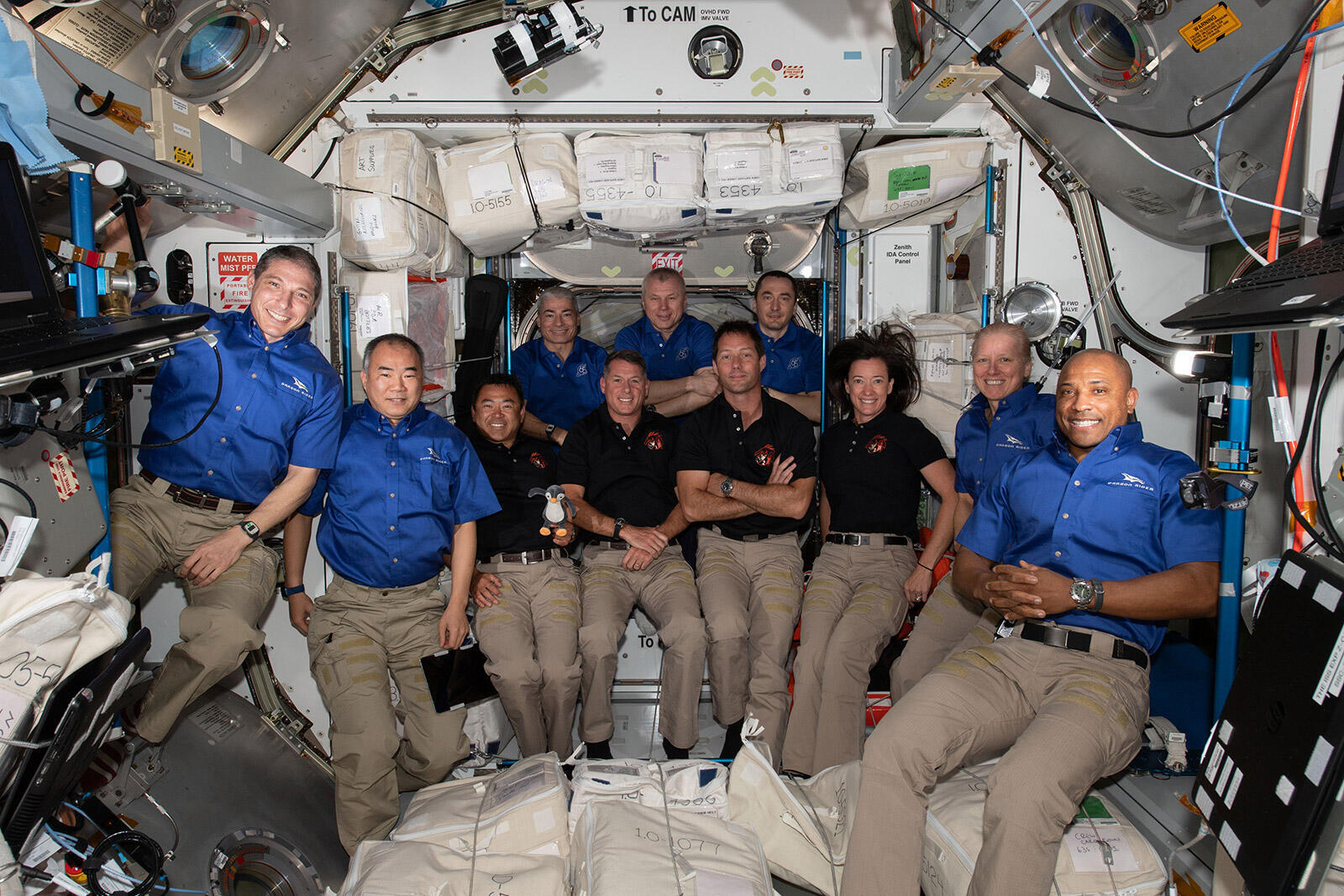
―Future advancement of science and technology may enable larger, more sophisticated robotic spacecraft and exploration projects, but humans will likely continue to develop human space programs, which may be associated with the nature of the humanity. What do you think about the significance of pursing human space missions?
Many discussions have been held regarding the definition of roles between human and non-human space missions. In my view, space development initiatives must involve the both areas, with projects from each area playing its respective roles in a complementary manner according to meet specific purposes. Robotic lunar and Martian exploration missions play an essential role to prepare for following steps to launch safe human programs. Also, non-human investigation technologies, such as robotic systems, will be able to produce high quality outcomes that were impossible through physical human efforts. On the other hand, elucidation of certain aspects of the universe can allow approach only from the human senses, something that can be revealed only by the humanity, including sensitive and emotional abilities. As we talked earlier, space travel will be available to many different people in addition to professional astronauts in years to come. Such situation, I believe, will give rise to new views, insights, and cultures leading to further human development.
Profile
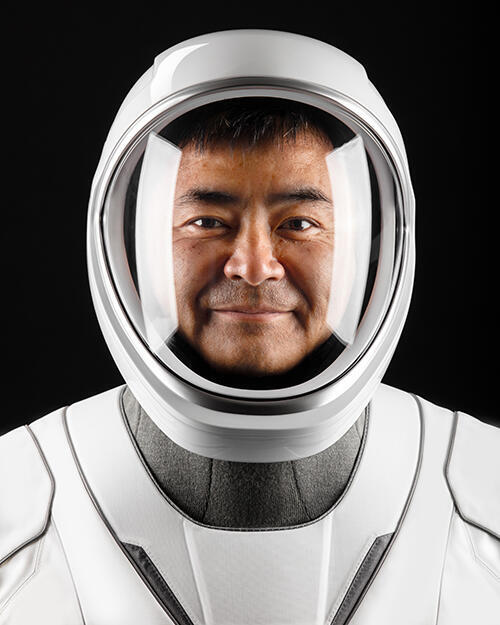
HOSHIDE Akihiko
Astronaut
Astronaut Group
Astronaut Operations and Technology Unit
Human Spaceflight Technology Directorate
Born in Tokyo. Makes three spaceflights to the ISS aboard different ships for each, from: Space Shuttle (2008); Soyuz (2012); and Crew Dragon (2021). Enthusiastic rugby player from his high school days. Position as a university student: scrum-half.
All the images are copyrighted ©JAXA unless otherwise noticed.